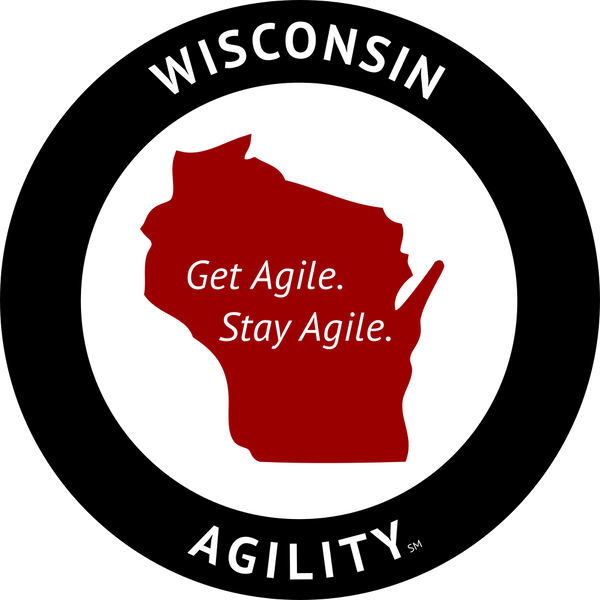Stop Chasing Deadlines: Start Delivering Value with Product Thinking
Chad Beier and Jeff BubolzShare
In many organizations, the words "project" and "product" are often used interchangeably, but they represent fundamentally different approaches to delivering value. Moving from a project-centric mindset to a product-focused strategy can lead to greater alignment with business outcomes, improved customer satisfaction, and a stronger return on investment. Let’s explore why this shift matters.
Projects: Temporary Endeavors with Internal Focus
Projects are defined by their temporary nature. They are bounded by fixed constraints: time, budget, and scope—sometimes referred to as the iron triangle. Success in a project is traditionally measured by how well these constraints are managed.
But here’s the catch: even when a project meets all its constraints, it can still fail to deliver meaningful outcomes. Stakeholders might approve the budget and timeline, but the end users may find the solution misses the mark. This misalignment often arises because projects focus internally—on deliverables and internal milestones—rather than externally on customer needs or business outcomes.
Projects are typically managed as cost centers, meaning the organization sees them as an expense rather than an opportunity to create ongoing value.
Products: Long-Term Value Creation with External Focus
Products, on the other hand, are designed to deliver value over time. They align with business goals through their lifecycle, which continues as long as the product remains viable. Products shift the focus from internal deliverables to external outcomes:
- What do customers need?
- How can we solve their problems effectively?
- What value does this provide to the organization?
Unlike projects, products are managed as profit centers, emphasizing sustainable growth and customer satisfaction. This approach reduces the common problem of "bloat," where unnecessary features are added because stakeholders aren’t sure when another opportunity for investment will arise. Instead, products focus on delivering value incrementally and iteratively.

The Pitfalls of Agile Projects
What is an "agile project?" This term is often thrown around, but it warrants skepticism. While a project can adopt agile practices, its temporary and internally focused nature often limits true agility. Similarly, products themselves aren’t inherently agile. Instead, agility lies in the mindset and practices of the teams working on the product.
Organizations aiming to be more agile should focus on fostering flexibility and responsiveness in their teams rather than applying the term “agile” to either projects or products without meaningful change.
Why Projects Fail and Products Succeed
The difference in structure is key. Projects often aim to deliver outputs, while products aim to deliver outcomes. This subtle distinction drives significant change:
- Projects: Focus on completing a list of requirements within constraints.
- Products: Focus on solving customer problems and delivering measurable value.
The transition from project to product thinking requires a shift in focus—from short-term, output-driven measures to long-term, outcome-oriented strategies. By focusing on customer value, aligning teams around product goals, and fostering agility within those teams, organizations can better navigate the complexities of today’s market.
